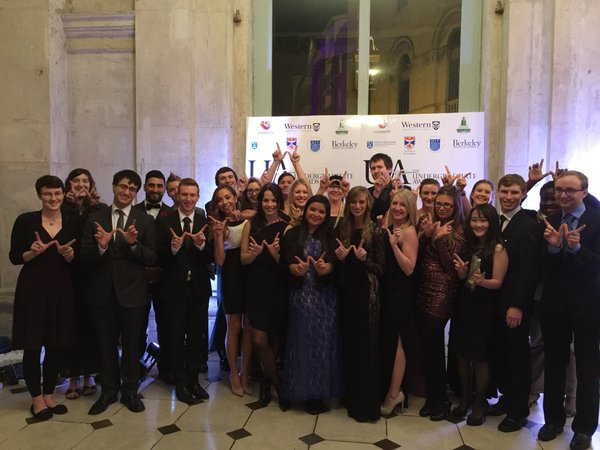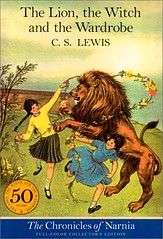
2015 Undergraduate Awards
Document Type
Article
Publication Date
2015
Abstract
Inextricably intertwined with feelings of security and love, the theme of food is prominent throughout the history of children’s literature. Food is employed in both C. S. Lewis’s The Lion, the Witch, and the Wardrobe and L. M. Montgomery’s Anne of Green Gables to examine the child-adult the power dynamic and to emphasize the moral evolution accompanying children’s developmental transition into adulthood. Both Montgomery and Lewis suggest the significance of food in relation to adulthood and childhood in three ways: food as a dichotomic symbol for empowerment and oppression; the desire for food as a metaphor for sexual hunger and the coming-of-age; and food as a medium for didactic teachings. Although Anne of Green Gables, a domestic fiction, and The Lion, the Witch and the Wardrobe, a fantastical allegory, are from very different genres of children’s literature, both convey moral lessons through their representations of food, and ultimately, distinguish the transition from childhood to adulthood by the reliance on others for nourishment in contrast with the ability to provide sustenance for oneself.



Notes
Image by menj, under CC BY-ND 2.0 license.